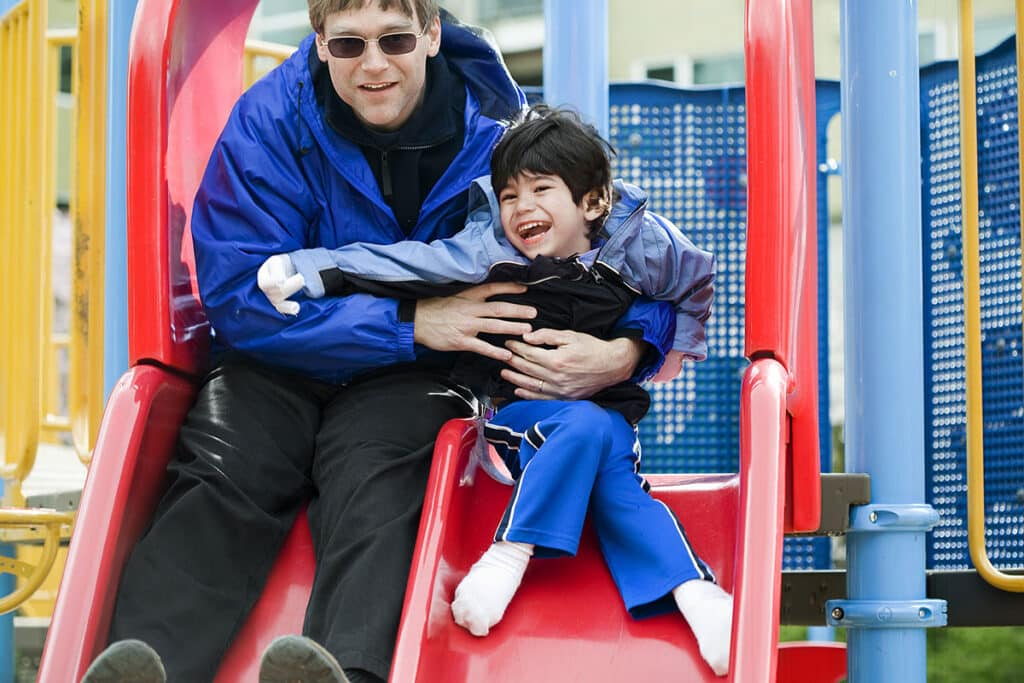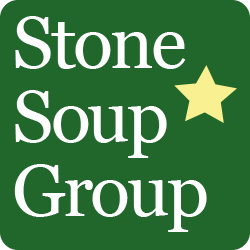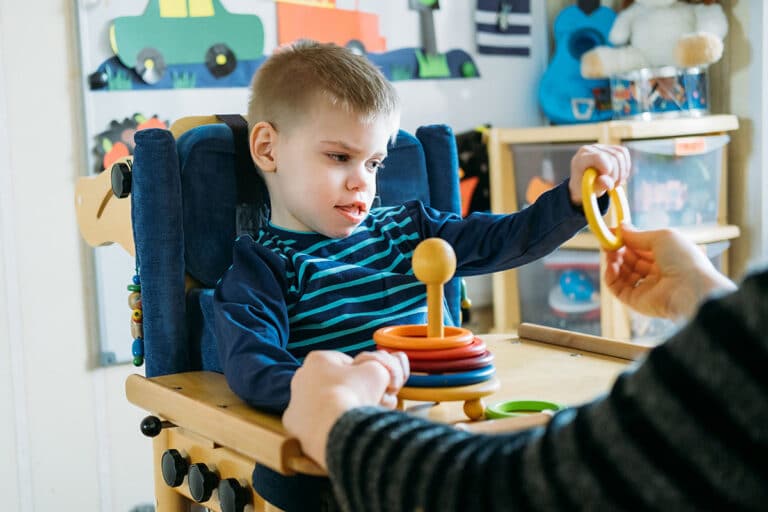Cerebral palsy (CP)is a group of disorders that appear in infants or young children and affect a person’s ability to move and maintain balance and posture. The symptoms of CP vary from person to person. NIH’s Cerebral Palsy resource lists more information about CP and the types of CP.
Identifying Cerebral Palsy Early Can Help Children Thrive: Cerebral palsy is the most common motor disorder in children. Identifying cerebral palsy early gives families, physicians, and specialists a better chance to improve a child’s outcomes by acting as a team. Together, they can provide evidence-based therapies while the young brain is developing and most adaptable to change.
Treatment: Cerebral palsy is a chronic, life-long medical problem. No cure can make it go away completely, but there are ways to help a child with cerebral palsy do their best. Physical and occupational therapy, medications, and assistive devices such as braces can help children with CP reach their best potential.
What are some characteristics of a person with Cerebral Palsy?
According to the NIH, children with CP may have a wide variety of symptoms, including:
- Lack of muscle coordination when performing voluntary movements (ataxia)
- Stiff or tight muscles and exaggerated reflexes (spasticity)
- Weakness in one or more arm or leg
- Walking on the toes, a crouched gait, or a “scissored” gait
- Variations in muscle tone, either too stiff or too floppy
- Shaking (tremor) or random involuntary movements
- Delays in reaching motor skill milestones
- Difficulty with precise movements such as writing or buttoning a shirt
Cerebral Palsy Foundation: resources, information, advocacy and awareness
Cerebral Palsy Research Network: information, toolkits, and resources for adults and children
United Cerebral Palsy (UCP): resource guide










